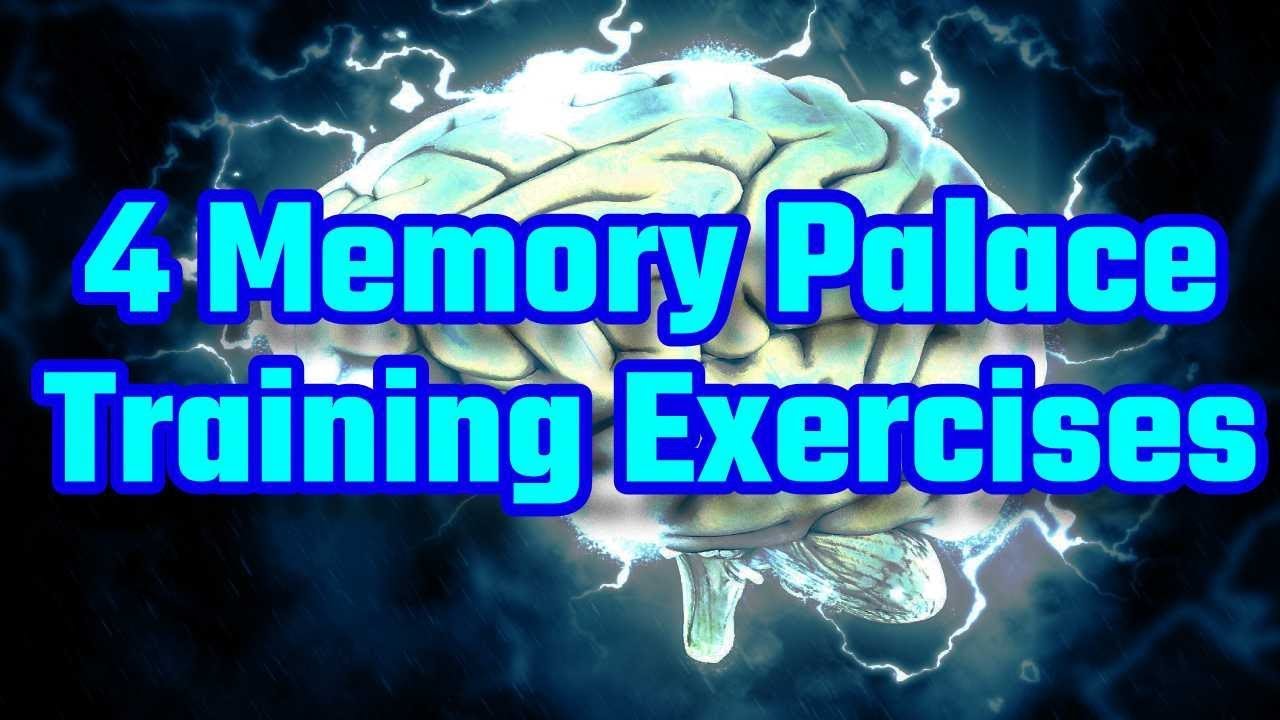The loci method or the palace of memory is a very ancient and ideal mnemonic technique to train our minds in the art of good memory, it is based on the fact that our brain connects data to specific places, with physical paths or specific environments where we put these entries that we will then evoke more easily.
At first glance this strategy may seem elementary to us, however, sometimes the simplest things are the most effective, and other times they have a positive effect on our brain plasticity, we say this because recently we have come across an interesting fact. Radboud University of the Netherlands has conducted a study in which it has shown, through electromagnetic tests, that the mnemonic strategy based on the loci method works.
- The loci method is to imagine an itinerary consisting of different objects.
- Scenarios and known places where there are concepts and data that we can then retrieve in our memory.
One of these studied examples is that of Boris Nikolai Konrad. This young neuroscientist holds the world record for memory when evoking data and, throughout his life, he used the so-called “memory palace”. He currently works at the Max Planck Institute. for Psychiatry in Munich and often lectures on how our brain can change as we begin to form memory and mental strategies, such as the one offered by the loci method.
It is easy, efficient and, most importantly, allows us to be more agile when it comes to memorizing certain data and also allows us to have a stronger brain.
As we pointed out at the beginning, the loci method has its origin in antiquity, the development of this strategy is attributed to the lyrical poet Simonides de Ceos, who, almost inadvertently, used a mnemonic strategy that would then be collected by books such as La Rhetorica ad Herrenium and De Oratore de C-cero.
It tells the story that Simonides de Ceos was invited to do a poetic recital in Thessaly; at one point, and in the middle of the event, he was called by a servant to receive a private message. The poet went out to read the note when suddenly he heard a loud noise: the palace he was in had just fallen.
There were many casualties and the damage was immense, traumatic violence prevented everyone from being recognized, but Simonides of Ceos approached the doctors and asked them not to lift the bodies yet, the good poet was able to identify them one by one, remembering where they were while they were in the room doing their recital. Subsequently, this effective strategy received the ideal name: the loci method (loci, in Latin, is the plural of “place”).
Many of us have been practicing this technique for many years without knowing the great potential that exists in it. When making the shopping list, for example, one way to remember all we need is to make a mental tour of the supermarket in a mental way, aisle to aisle, bookshelf. for each other.
Also, all students at some point in an exam can remember a specific fact when they refer to the specific place where they were studying that part of the subject. All this drives us to discover useful resources to make the most of our memory, where connecting one data to another will always be more useful than being able to integrate concrete information mechanically, aseptically and by force.
Remember that we are emotional beings and that our brain uses associations to create significant memories, in fact, spatial memory is a great trigger of the hippocampus, this fascinating structure linked to the generation and recovery of memory and that, in turn, is linked to our emotional universe.
So let’s not hesitate to create our own mental palace, where we can put data, dates and mental notes here and there, and in every curious corner, and then recover each object more quickly.
The great characters of the world of literature and especially of the research or criminal field almost always use the loci method, they do not call it with their original name, they simply carry out this mnemonic strategy in a relentless and very effective way. We see it, for example, in Sherlock Holmes, and we also saw it in Thomas Harris’ Hannibal Lecter saga.
Can we, with the humility of our responsibilities and daily lives, apply the loci method?The answer is, of course, “yes”, and these would be the steps to connect our spatial memory with working memory and long-term memory.
As can be seen, the loci method requires no more effort than visualization, will, imagination and the ability to establish associations. In this seemingly simple exercise, our brain will carry out an infinity of wonderful neural processes with which we can develop our memory. we can create bridges, highways and roads where information flows quickly, where it is agile and efficient.
Continue and implement this strategy.

